Cryptococcosis is a global invasive mycosis associated with significant morbidity and mortality. These guidelines for its management have been built on the previous Infectious Diseases Society of America guidelines from 2000 and include new sections. There is a discussion of the management of cryptococcal meningoencephalitis in 3 risk groups: (1) human immunodeficiency virus (HIV)–infected individuals, (2) organ transplant recipients, and (3) non–HIV-infected and nontransplant hosts. There are specific recommendations for other unique risk populations, such as children, pregnant women, persons in resource-limited environments, and those with Cryptococcus gattii infection. Recommendations for management also include other sites of infection, including
strategies for pulmonary crypto-coccosis. Emphasis has been placed on potential complications in management of cryptococcal infection, including increased intracranial pressure, immune reconstitution inflammatory syndrome (IRIS), drug resistance, and crypto-coccomas. Three key management principles have been articulated: (1) induction therapy for meningoencephalitis using fungicidal regimens, such as a polyene and flucytosine, followed by suppressive regimens using fluconazole; (2) importance of early recognition and treatment of increased intracranial pressure and/or IRIS; and (3) the use of lipid formulations of amphotericin B regimens in patients with renal impairment. Cryptococcosis remains a challenging management issue, with little new drug development or recent definitive studies. However, if the diagnosis is made early, if clinicians adhere to the basic principles of these guidelines, and if the underlying disease is controlled, then cryptococcosis can be managed successfully in the vast majority of patients.
您可以在微信小程序“每周呼吸”内搜索相关指南,点击底部“下载”按钮可直接下载到微信中方便阅读!





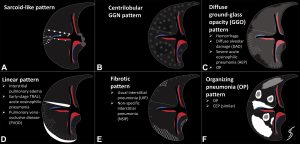
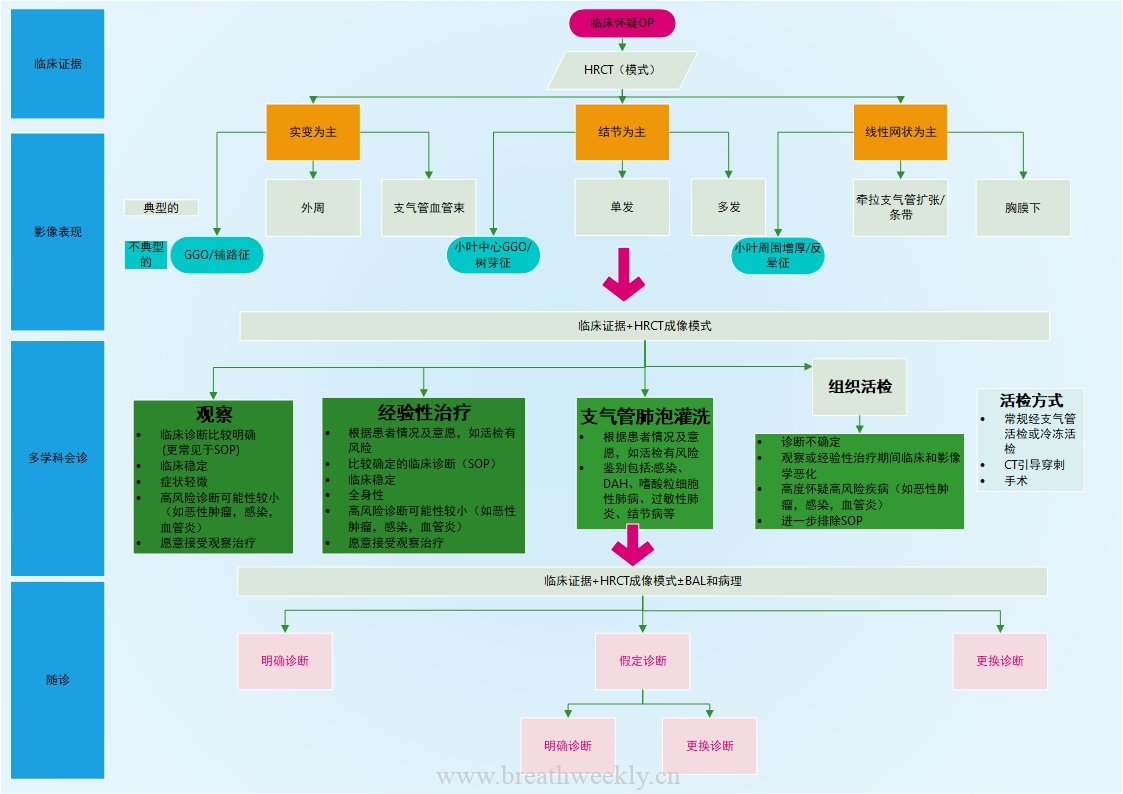
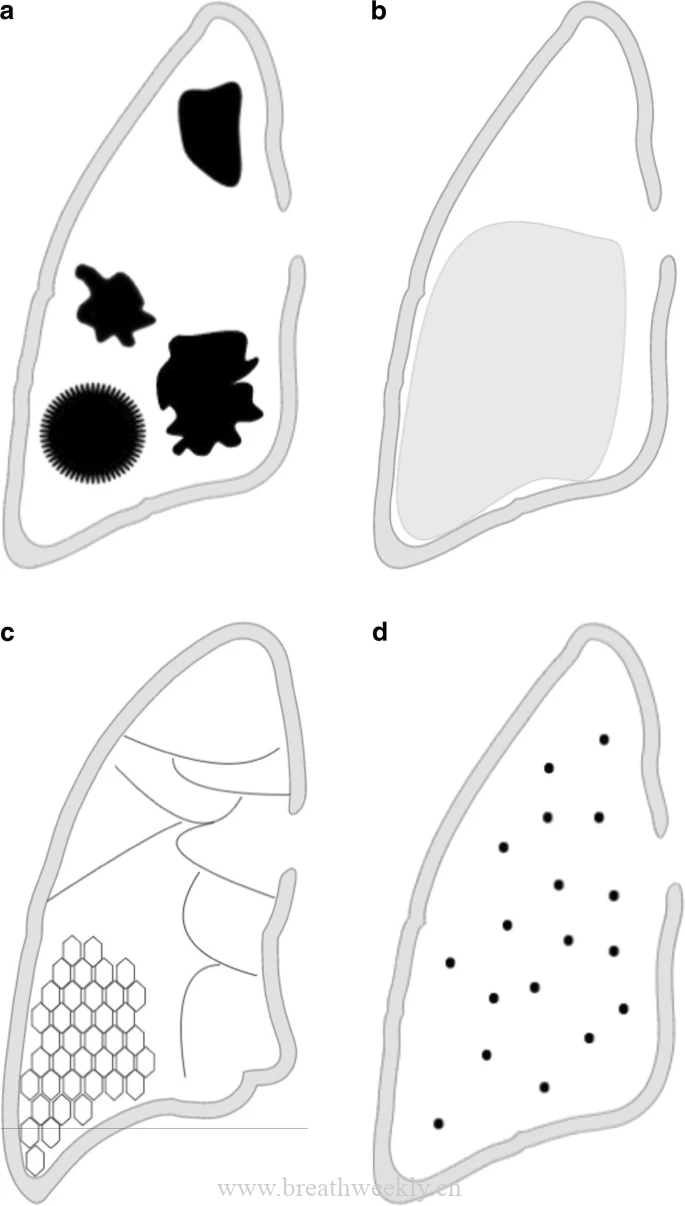
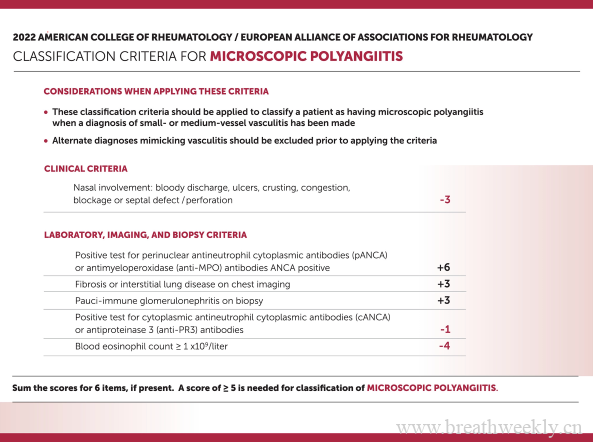



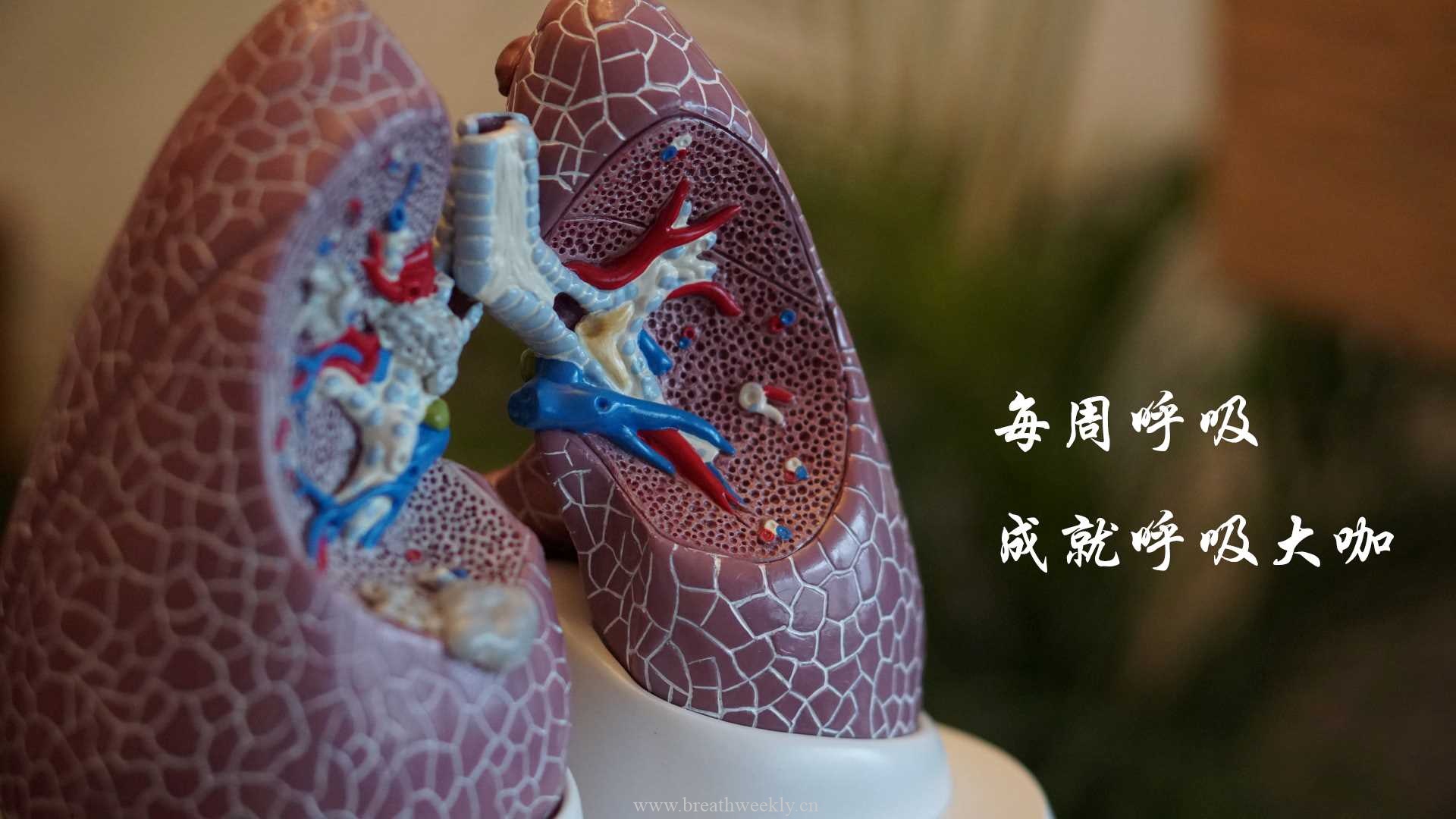

暂无评论内容